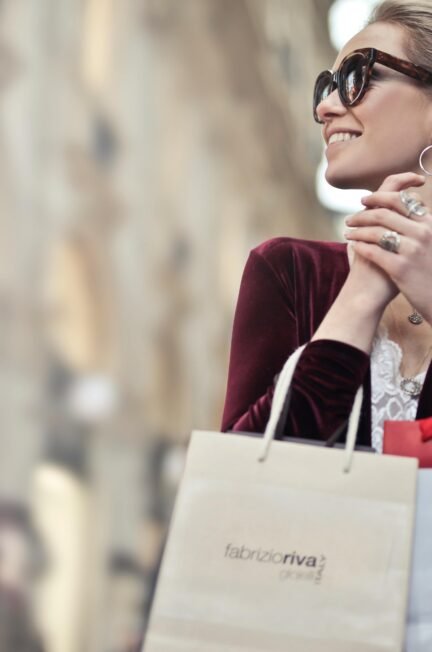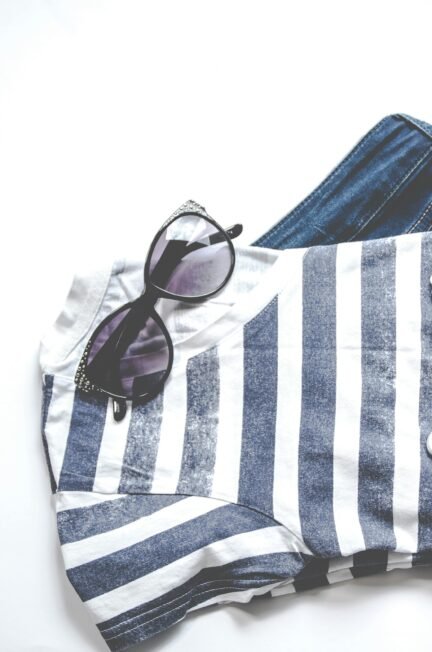Introduction
From its meager beginnings, streetwear fashion is now making a dominant impact within global fashion. Something that was rooted in subcultures, and urban areas back in the day now influences luxury brands, celebrity wardrobes, everyday attire. The streetwear from its beginnings to becoming a cultural marker and generating its mark in the contemporary fashion world

The Origins of Streetwear
Streetwear has early origins of the late 70s and started getting large around the beginning on the 1980s, most notably in California Early streetwear brands such as Stacy and Supreme sprang up from the influence of hip hop culture, skateboarding, punk (as well as by all intents and purposes of ASAP Rocky, punk rock), blending classic American casual clothing with custom top-end staples.
One soda water supplier flash in the pan, people no longer macronutrients attention to a pity of streetwear was born, and it arose with the constant changes that were going on almost all around. For them, this style was a refuge to express their rebellion against the norm as Urban youth sought identity and faith. So punk rock’s ‘do it yourself’ attitude and hip-hop’s attempt to innovate came together in an aesthetic that was uniquely appealing to the sensibilities of young viewers.
Street Style In The 1990s An Expansion
The 90s streetwear streetwear had become a general term in pop culture by the time the 1990s came to an end. Influence of an iconic figures such as A Bathing Ape (BAPE) and FUBU increased the global appeal for the style. Established by Ingo in Japan, BAPE was a brand who took streetwear less seriously, giving us camo patterns and graphic tees with a cartoon-like aesthetic.
The era also birthed sneaker culture, with limited-edition collaborations from brands like Nike and Adidas sending enthusiasts into a frenzy. All of a sudden, the sneakerhead movement was born and streetwear found an important new element in future releases as it spun them into exclusivity and woven stories of the legends you had to become just to find your shit. Sneaker collectors saw sneakers as more than just footwear, they were now pieces of high-end fashion tech.
Where Art Meets Fashion
If I were to try to define streetwear, one of its most prominent elements is how it relates back to art and culture. It is common to see fashion designers and artists collaborating, such as Supreme with various established artist or whatever. Thanks to this kind of blending of disciplines, streetwear has been elevated to an art form that creates more possibilities for creativity outside the obvious fashion rules.
The streetwear genre has been strongly associated with social and political issues, frequently in the medium of contemporary art. Now, graphic tees and accessories have also become billboards for messages around identity, race, and society at large. The general fashion movement has struck a chord with any consumers aspiring to make ethical choices in their clothing.
The Luxury Fashion Takeover
Then, in the 2000s streetwear soon made its migration into luxury fashion shops thus began blurring the lines between high fashion and casual wear. One role model of this new breed was Virgil Abloy, who founded the fashion label Off-White and is the artistic director of Louis Vuitton men’s wear. Consequently, his exceptional capacity to blend street aesthetics with luxury craftsmanship put him on the map of high fashion streetwear.
The fashion industry, sighting a market for clothes that were as comfortable as jeans but more stylish (not to mention in reality often more expensive and awkward to wash), began employing elements of streetwear into their collections. What The 90s Meant For Fashion The almost distinct line between soccer moms and record players disappeared in the early ought and fashion headed into an era of sneakers, hoodies and graph incaves crypt void(0)Tess.
The Role of Social Media
The Internet and social media helped create a democratized wave of streetwear. Brands were able to connect directly with their audience and display collections and collaborations instantly on social platforms like Instagram, Tikor. Brand ambassadors are usually influencers or celebrities and they are instrumental in extending the reach and covet billet for streetwear items.
The Digital has also played a huge part in building communities amongst streetwear fans. People even take to online forums, special Instagram pages and fashion blogs to express their own sense of style and share ideas with others. Not simply because information is now more accessible, but so too are consumers who may or may not engage with brands and trends that were previously unimaginable.
Sustainability in Streetwear
Sustainable and Eco-Friendly While streetwear has long faced backlash for its environmental impact, the industry is beginning to move toward sustainability. A lot of brands are starting to look into using ethically and sustainably sourced materials, and sustainable production methods. The behavior change reflects broader understanding among consumers.
With its community-oriented and culturally informed beginnings, street-wear could have the chance to simply be leading the proverbial charge towards better practices. Sustainable fashion brands can not only bring in purchasing changemakers, they also create an opening towards more ethical fashion for the future.
The Future of Streetwear
Into the future, streetwear will continue to morph, changing alongside the cultural and social landscape. What may develop as results of this intersection between technology and fashion, which could impact how streetwear is designed, produced and consumed include virtual fashion or digital marketplaces.
As the world becomes more connected, this could mean that streetwear will have access to a plethora of different cultures and offer a new multi-faceted landscape for unique styles and narratives. This cross-cultural exchange will continue to make streetwear checking trend and keep it as a strong player in fashion industry.
Conclusion
Streetwear fashion has grown from its roots as a cultural signifier rife with creativity, immediacy, and the symbolic for misfits. And along the way it tells a bigger story about how our society is evolving, driven by an intoxicating mix of community and individual self expression in flux. That means that as long as streetwear pushes the envelope and challenges conventionality, it will continue to dictate where we go from here in fashion. The mixture of art, culture and fashion that streetwear offers insures its place as an everlasting part of present day style.



